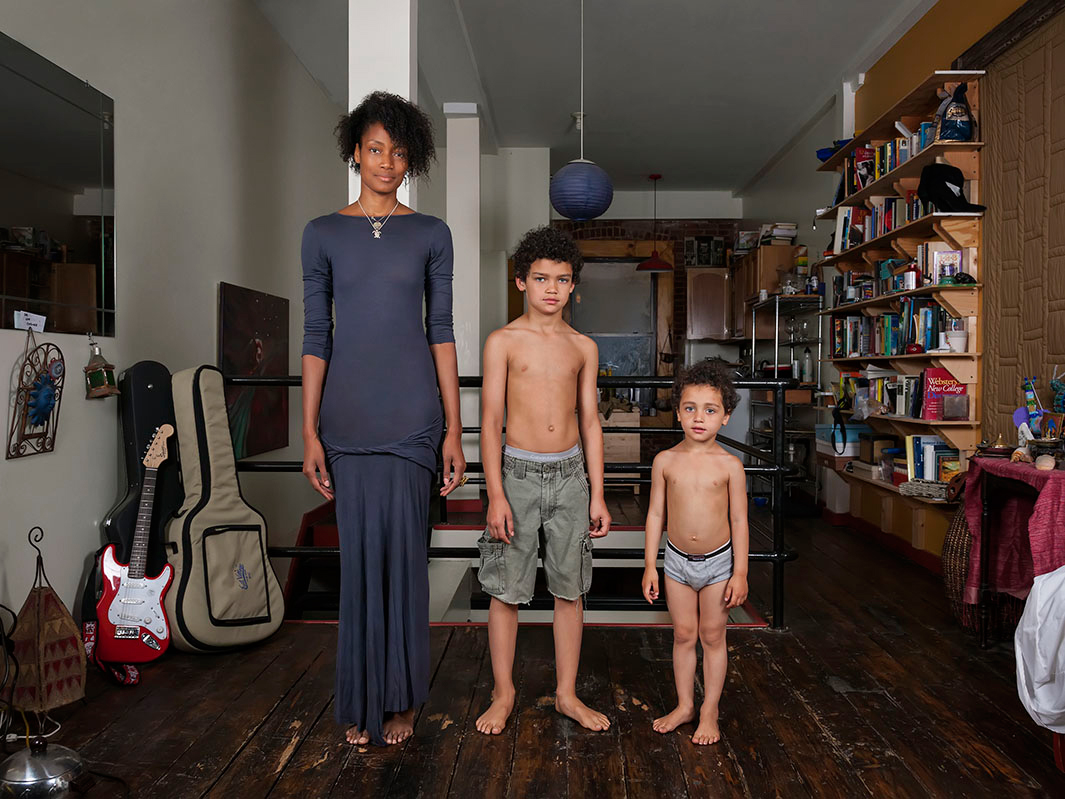
Cyjo
Fascinated by the evolution of identity, the photographer Cyjo, who styles her name CYJO, has created a series of portraits that examines how race, ethnicity, and heritage contextualize a person as an individual, and how they coexist within the framework of a family.
Cyjo identifies herself as a Westerner of Korean ethnicity (she was born in South Korea and raised in the United States) and photographed the series “Mixed Blood” from 2010–13 in both New York and Beijing. She has explored the dynamic between individual and collective identities in her previous work via a more abstract approach, but, with “Mixed Blood,” she uses the more literal approach of portraiture.
Over time, as humans migrate and change environments, the definition of identity has evolved to adjust to a broader definition of race and ethnicity. Cyjo pointed out that, in 2000, the United States Census for the first time allowed people to choose more than one identifier when noting their race. Almost 7 million people chose to count themselves as mixed race, a number that has continued to grow over the past decade and a half.

Cyjo
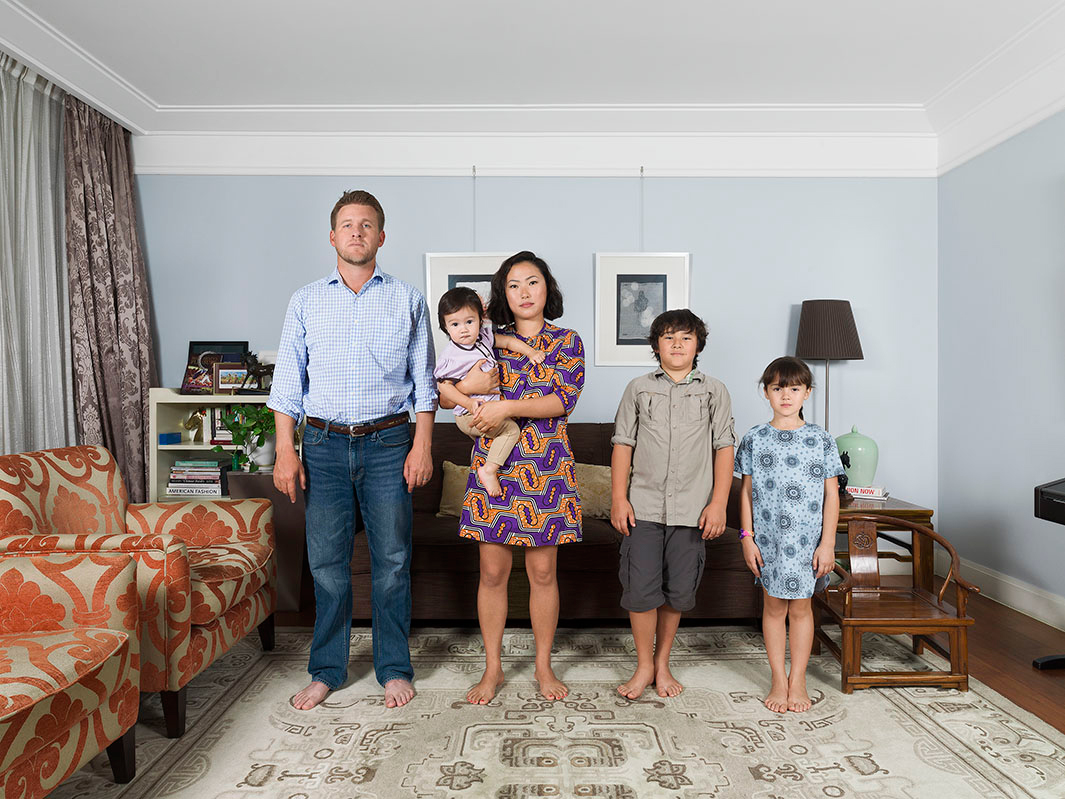
Cyjo
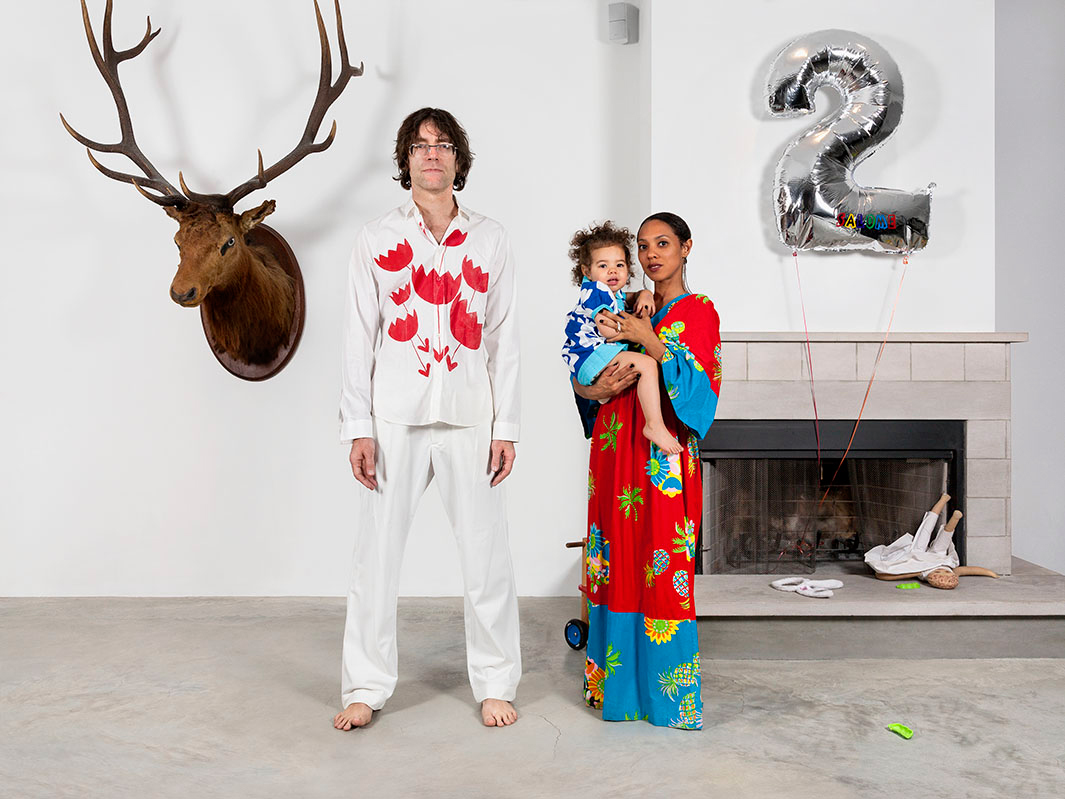
Cyjo
Throughout “Mixed Blood,” Cyjo wanted to portray the ever-changing definition of race and to examine the uniqueness of the individual within their families.
“The format for ‘Mixed Blood’ had the individuals together but standing separately (with the exception of select mothers and babies) which allowed the individual and group identities within the family unit to be more clearly observed,” she said.
Cyjo found some of the families she photographed in the series through friends, and others she found through happenstance, something she said helped to form a narrative for the work.
“The organic process of accumulating a group brought a sense of random sincerity as opposed to a fixed image or expectation that could occur if people were specifically researched and then chosen to be a part of the project,” she added. “The accident of inclusion allows for the outcome or end product to be more of a surprise and that excites me.”
Separating the individuals within each portrait, with parents on the left and children on the right, also makes it easier for the viewer to compare and contrast each family. It is also possible to get a glimpse into the family’s living environment, another example of how cultures are shared. Although Cyjo set up the portraits, she said there is still an element of spontaneity in the images, seen through subtle body positions or expressions of the participants.

Cyjo
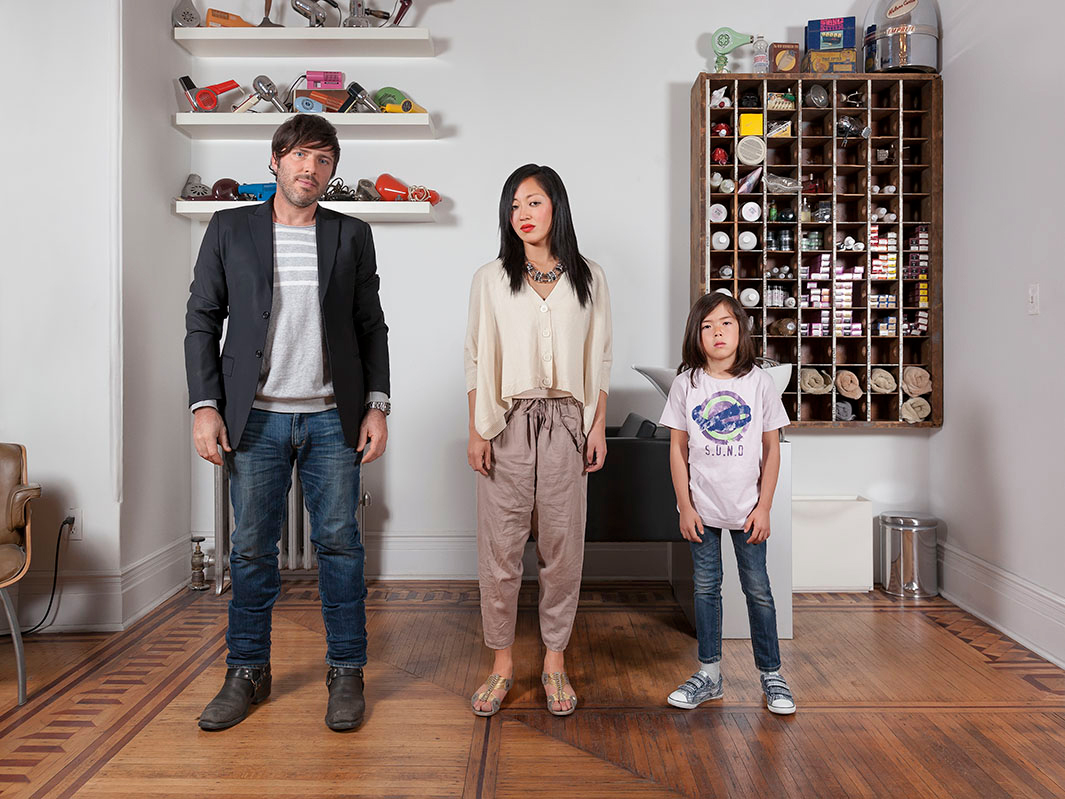
Cyjo
Cyjo said one of the reasons she began the series was a curiosity about exactly what “mixed ethnicity” currently represents, noting that as countries such as China continue to modernize, how the mix of new culture will blend with longstanding traditions will be interesting to follow. While there are people who fear cultural blending, Cyjo said the idea of a global identity and our definition of self, culture and race is rooted in life experiences and personal choices.
“But the bigger question is how will cultures and people maintain their individuality?” she asked. “What will be those cultural differences aside from language and food that will make a culture unique? There’s so much more we can learn from each other, especially from our differences.”
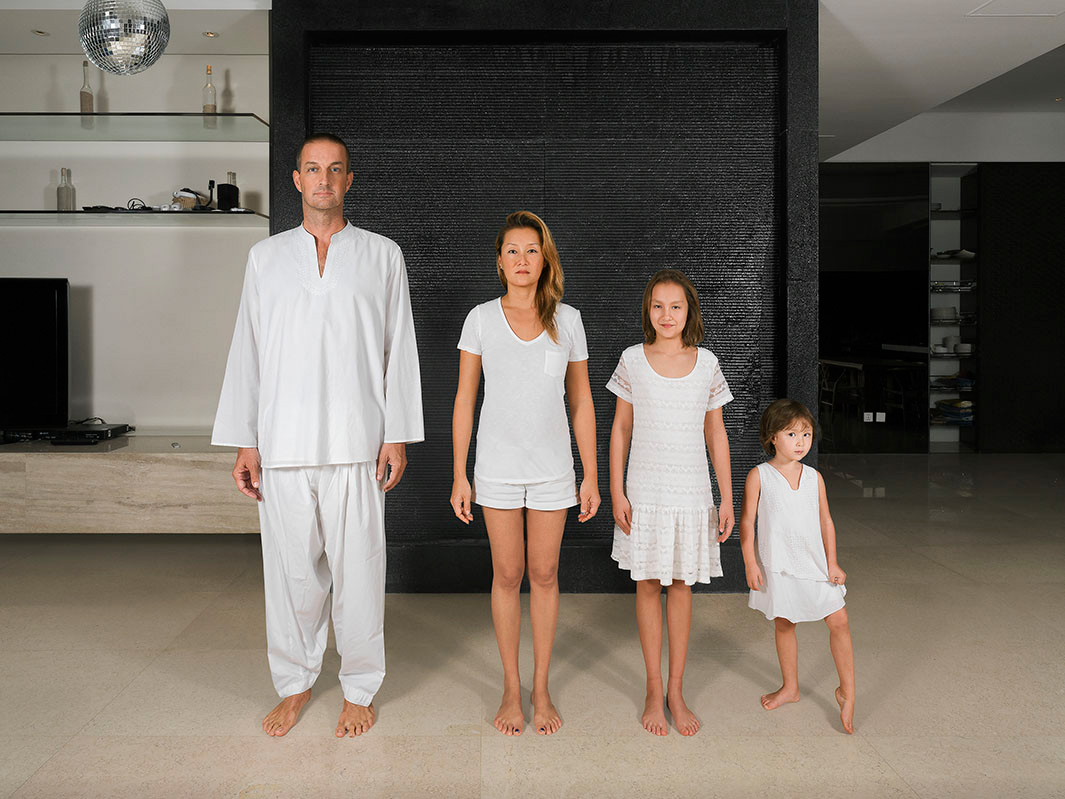
Cyjo
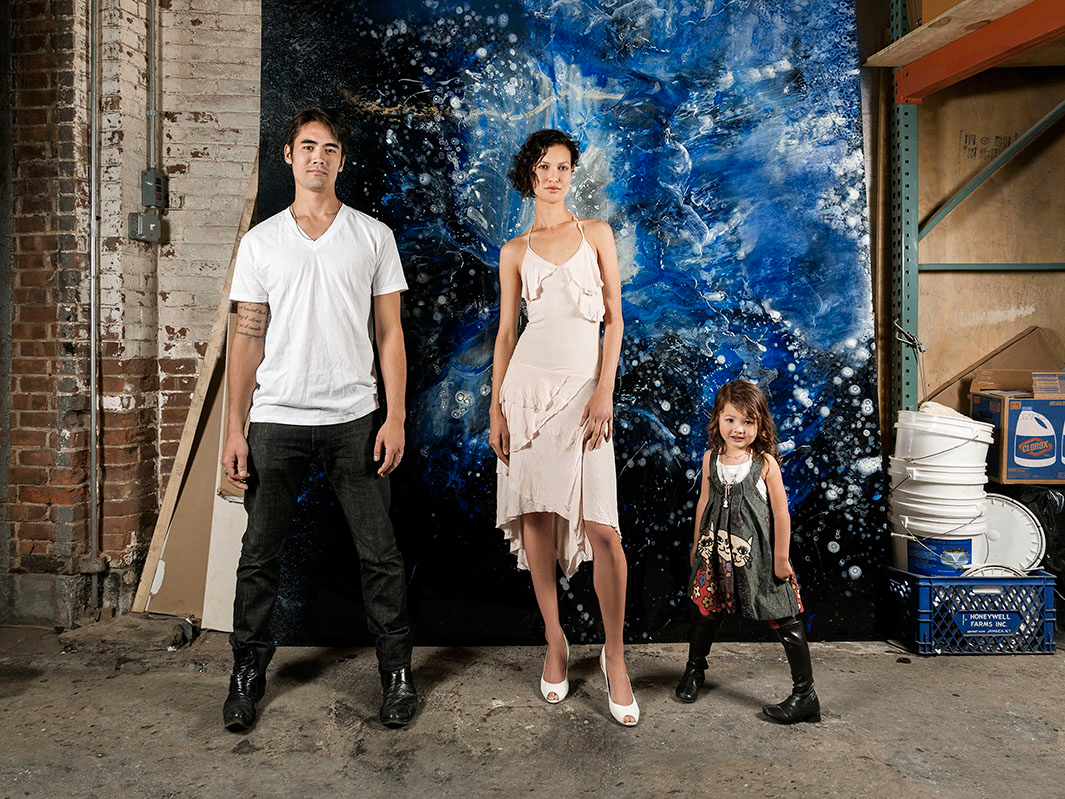
Cyjo
No comments:
Post a Comment